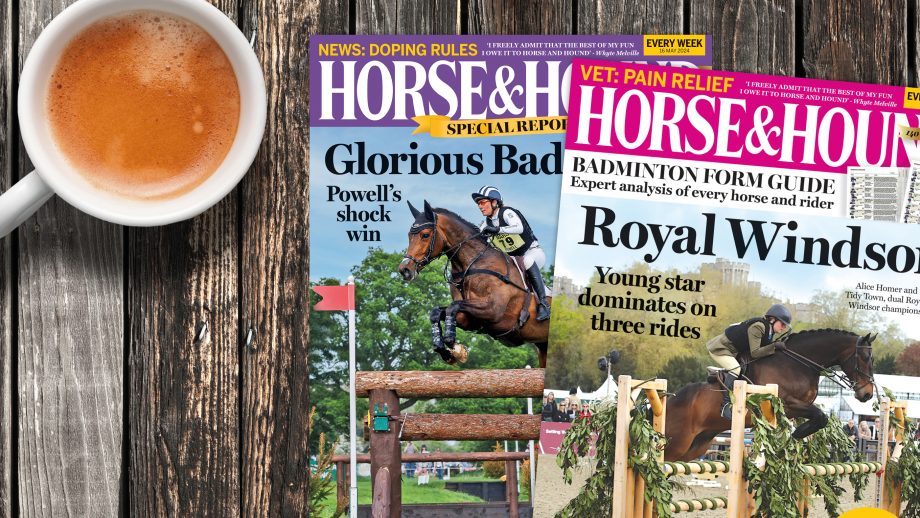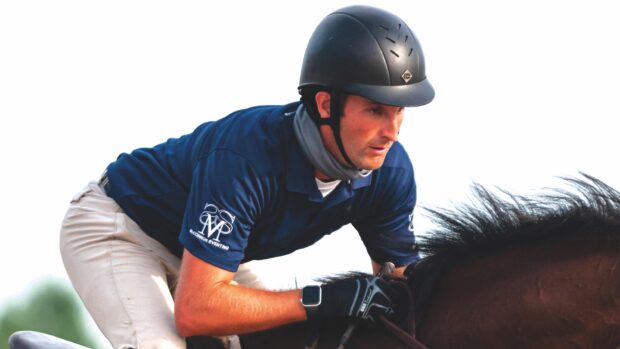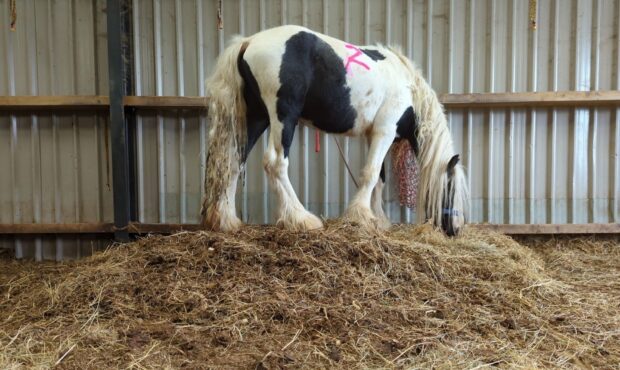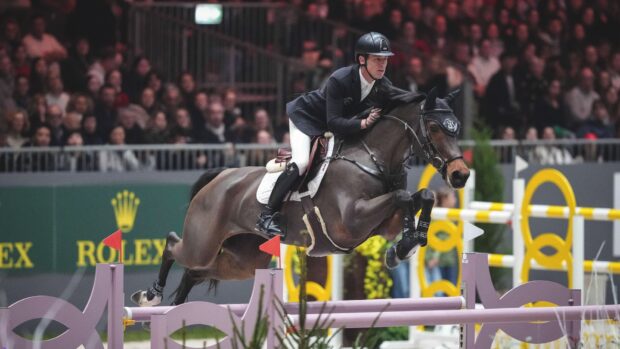Researchers are using artificial intelligence (AI) to help interpret horses’ body language, in the hope of improving veterinary care and welfare.
A team at the KTH Royal Institute of Technology in Sweden has created a modelling system hoped to “equip veterinarians with a powerful visual tool for interpreting equine body language – the key to detecting physical and even behavioral problems”.
KTH professor Hedvig Kjellström and biomechanics researcher Elin Hernlund, of the Swedish University of Agricultural Science (SLU), used 3D motion capture to create the model, which “gives animals a digital voice”.
“Based on new research from KTH and SLU, the platform can reconstruct the exact 3D motion of horses from video, using an AI-based parametric model of the horse’s pose and shape,” a KTH spokesperson said. “The model is precise enough to enable a veterinarian, for example, to spot telling changes that could otherwise be overlooked or misinterpreted in an examination, such as in a horse’s posture or their body weight.”
The system, Dessie, uses “disentangled learning”, which separates important factors in a visual and helps the AI avoid confusion with lighting or background details.
“Dessie marks the first example of disentangled learning in non-human 3D motion models,” Professor Kjellström said.
Ms Hernlund, who is also an equine orthopaedic clinician, said Dessie would allow more accuracy in observing and interpreting horses’ movements, allowing “earlier and more precise intervention”.
“Horses are powerful but fragile and they tell us how they are feeling by their body language,” she said. “By watching their gait, we can see, for example, if they are offloading pain.
“We say we created a digital voice to help these animals break through the barrier of communication between animals and humans, to tell us what they are feeling.
“It’s the smartest and highest-resolution way to extract digital information from the horse’s body – even their face, which can tell us a great deal.”
The team is training Dessie further with images of more breeds and sizes, to improve understanding and the system’s capability.
“In a sense, it enables getting critical information ‘straight from the horse’s mouth’,” the KTH spokesperson said.
- To stay up to date with all the breaking news from major shows throughout 2025, subscribe to the Horse & Hound website
You may also be interested in:

Lack of turnout and owner knowledge mean ‘most horses’ do not get what they need

Top vet reveals her pet hates: purple spray, horses dismissed as ‘naughty’ and owners who ‘miss every memo’

Likely cause of grass sickness found in major step to fighting devastating disease

Subscribe to Horse & Hound magazine today – and enjoy unlimited website access all year round




